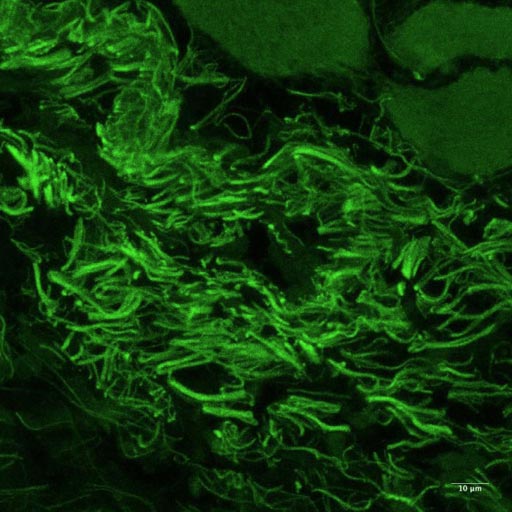Beneficial Eye Bacteria Helps Prevent Infection
By LabMedica International staff writers
Posted on 26 Jul 2017
A team of microbiologists identified Corynebacterium mastitidis as a commensal bacterium living in the conjunctiva of the eye where it induces the production of interleukin (IL)-17, a signaling protein critical for host defense.Posted on 26 Jul 2017
Mucosal sites such as the intestine, oral cavity, nasopharynx, and vagina all have associated commensal flora. The surface of the eye is also a mucosal site, but proof of a living, resident ocular microbiome had not been established previously.

Image: C. mastitidis is a commensal bacterium living on the surface of the eye (Photo courtesy of Dr. Rachel Caspi and Dr. Anthony St. Leger, National Eye Institute).
Investigators at the [U.S.] National Eye Institute (Bethesda, MD, USA) used a mouse model of ocular surface disease to reveal that commensals were present in the mucosa of the eye and had functional immunological consequences.
The investigators reported in the July 11, 2017, online edition of the journal Immunity that they had isolated one such candidate commensal, Corynebacterium mastitidis, and showed that this organism elicited a commensal-specific interleukin-17 response from gamma delta T-cells in the ocular mucosa that was central to local immunity. The commensal-specific response drove neutrophil recruitment and the release of antimicrobials into the tears and protected the eye from infection by pathogenic Candida albicans or Pseudomonas aeruginosa.
These findings provided direct evidence that a resident commensal microbiome existed on the ocular surface and identified the cellular mechanisms underlying its effects on ocular immune homeostasis and host defense.
"This is the first evidence that a bacterium lives on the ocular surface long-term," said senior author Dr. Rachel Caspi, a senior researcher at the [U.S.] National Eye Institute. "This work addresses a longstanding question about whether there is a resident ocular microbiome. We still do not know what enables C. mastitidis to successfully establish itself in the eye, whereas other similar bacteria fail to colonize."
Related Links:
National Eye Institute













